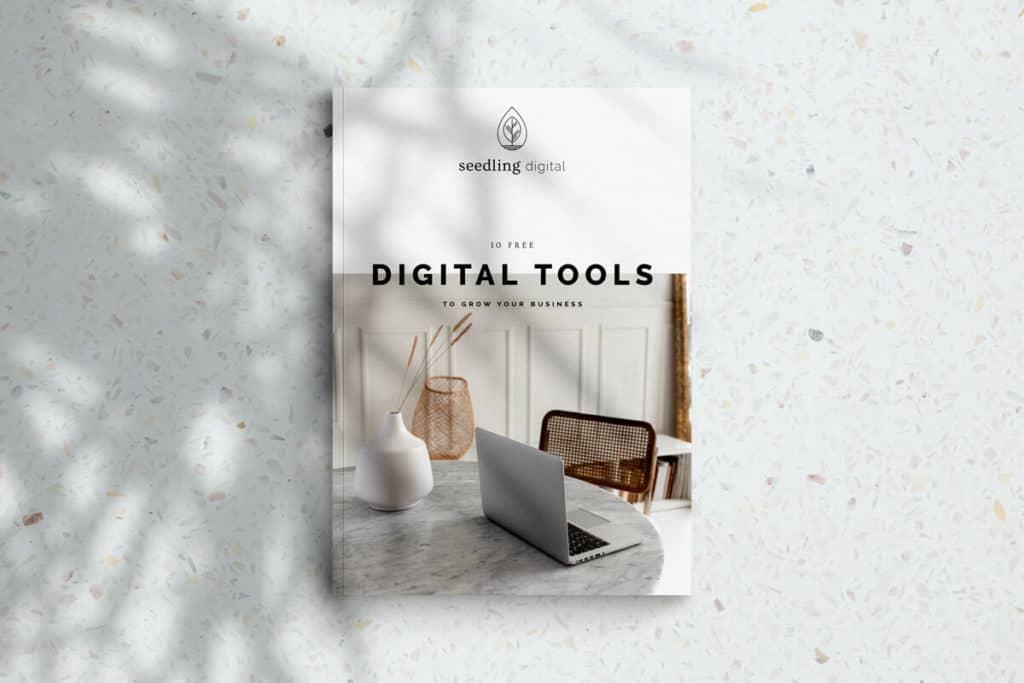Many new business owners hear words and phrases such as “brand” and “brand identity” and assume that these aspects of their business just spring to fruition once the logo and tagline are done. However, cultivating a brand isn’t simply congruous with a standard one-and-done approach. Your brand is how your audience perceives and ultimately understands your business.
With that in mind, it’s crucial to your business’s success to ensure that your marketing taps into your target audience’s interests, preferences and most importantly, values. This is called brand alignment. There’s a feedback loop between your audience and your brand: you’ll get the audience you want when you market to them effectively, and that audience in turn will inspire future impressions of your brand. Let’s look at some strategies for cueing your marketing efforts into your target audience’s interest — and how to better align your brand for long-term success.
What is a brand?
First, let’s review the core components of a brand. As mentioned above, a brand is your reputation and effect among your target audience — but we can still break it down. A brand includes:
- a feeling: The gut reaction your target audience has when they encounter your business.
- a promise: What your business offers your audience and how well you can keep up your end of the bargain.
- a relationship: The engagement and trust that develops between your business and your customers
Effective marketing goes into each of these, but if your brand is improperly positioned, it won’t matter. That’s why you need to think about your target audience and your goals for each of the aspects above. Customers will notice if your marketing doesn’t match the experience they have with your brand.
Understanding your audience
The best way to ensure that your brand is aligned with your audience’s interests is to meet them where they are. Many new business owners cast a wide net. While they may catch a few customers, they’re not cueing their marketing into their target audience’s core needs and preferences. As the saying goes, don’t bait fish with strawberries and cream.
Spend time in the places where your target audience does — whether that’s in the physical world or on social media. Listen to what they’re saying and how they say it. Look at the brands they follow, then think about what you offer that would be most appealing to them. Remember, no one is looking for a new company to support: they’re looking to have their desires met and their problems solved, even if they didn’t know they had them until you created a solution.
Refine your voice and values
Once you’ve spent some time in your target audience’s circles, you should have a much better understanding of what makes them tick. You can then compare that to your company’s personality. Just like when you’re making friends or going on a date, think about where you mesh with others. Do you have a similar worldview or sense of humor? What tone do you take in your conversations?
A brand’s voice and values are both crucial to forging deep, emotional connections with your target audience. There’s no right or wrong answer, but if your target audience is very formal and goal-driven, for example, and your Instagram captions are casual and philosophical, there’s likely some brand misalignment going on. Take some time to reflect on what defines your company’s personality, then compare it to the insights you’ve gained from your audience.
Discover what makes you unique
One of the most overlooked aspects of a brand is what sets it apart. You may be better, faster, and stronger than your competitors, but that doesn’t matter to your target audience. They want to know that a relationship with your business will add value to their lives. Don’t confuse the value you offer with your company values. Here, we’re talking about the unique experience you offer your customers.
Assuming that your brand is well positioned and aligned, you’ll reach your target audience and make an initial emotional connection with them. They’ll see your content and think, “Wow, I like that.” But they won’t make the leap to becoming customers until they get the sense that it will be worth their while. That’s where value comes in.
For example, if you’ve been marketing to the environmentally conscious, you can easily appeal to them with natural imagery and content. But if you don’t “walk the talk,” they will sniff out your inauthenticity. They won’t perceive that your brand offers something valuable to them — nor does your company align with their values. That’s why all aspects of your brand need to work together and align with your target audience’s interests and preferences.
Wrapping up
Having a powerful brand does not automatically happen with powerful marketing. It happens after you’ve fully researched and engaged with your target audience. Marketing merely helps you align your brand with your audience’s needs and desires. Ultimately, though, branding happens when you successfully connect with the people you want to reach — and give them a meaningful, valuable experience.




